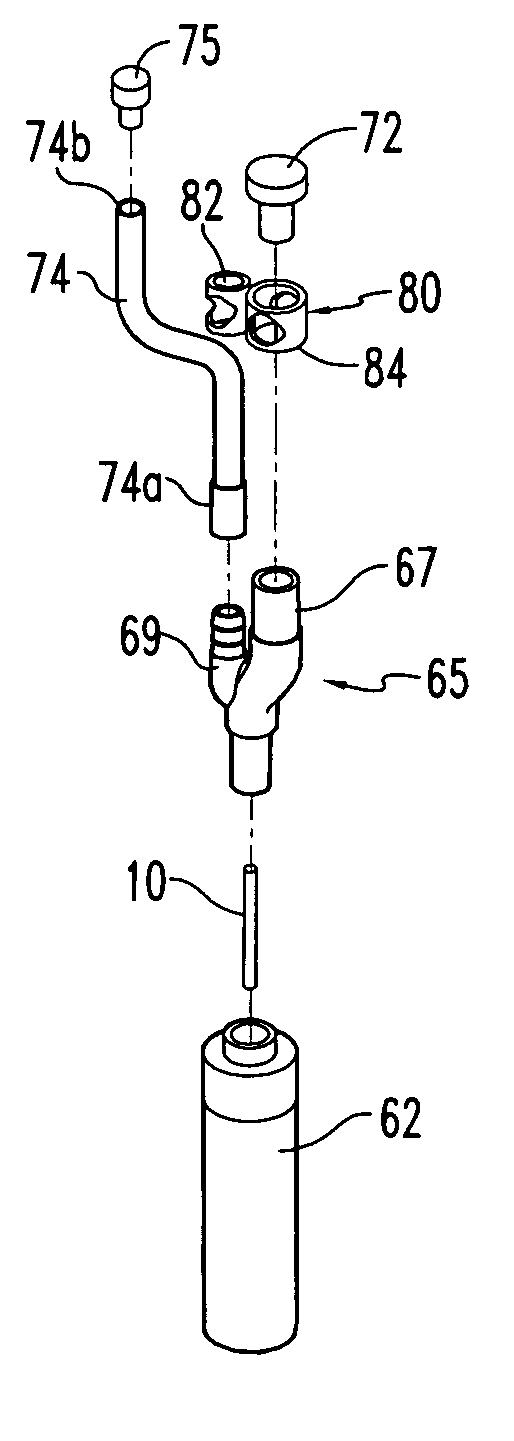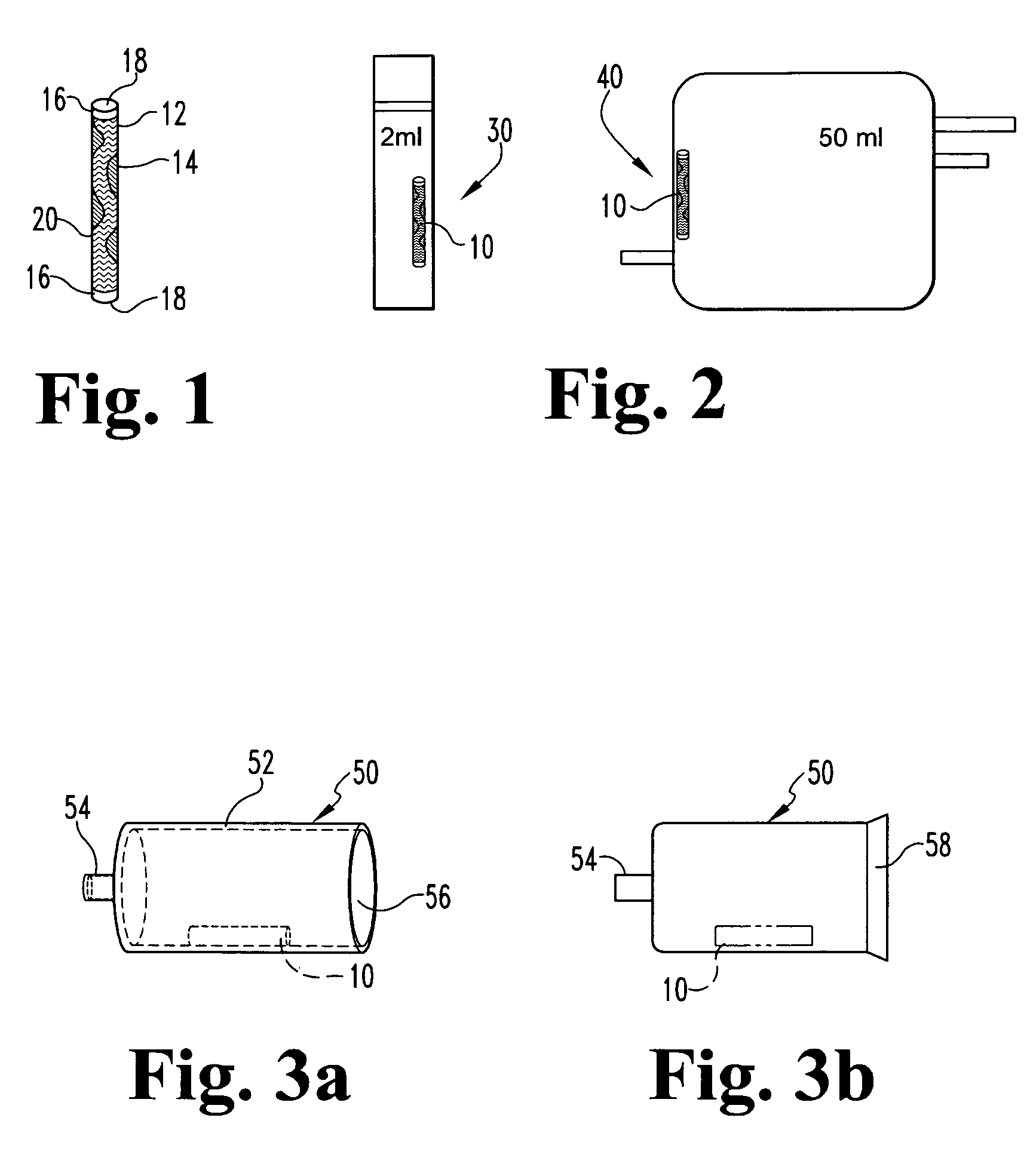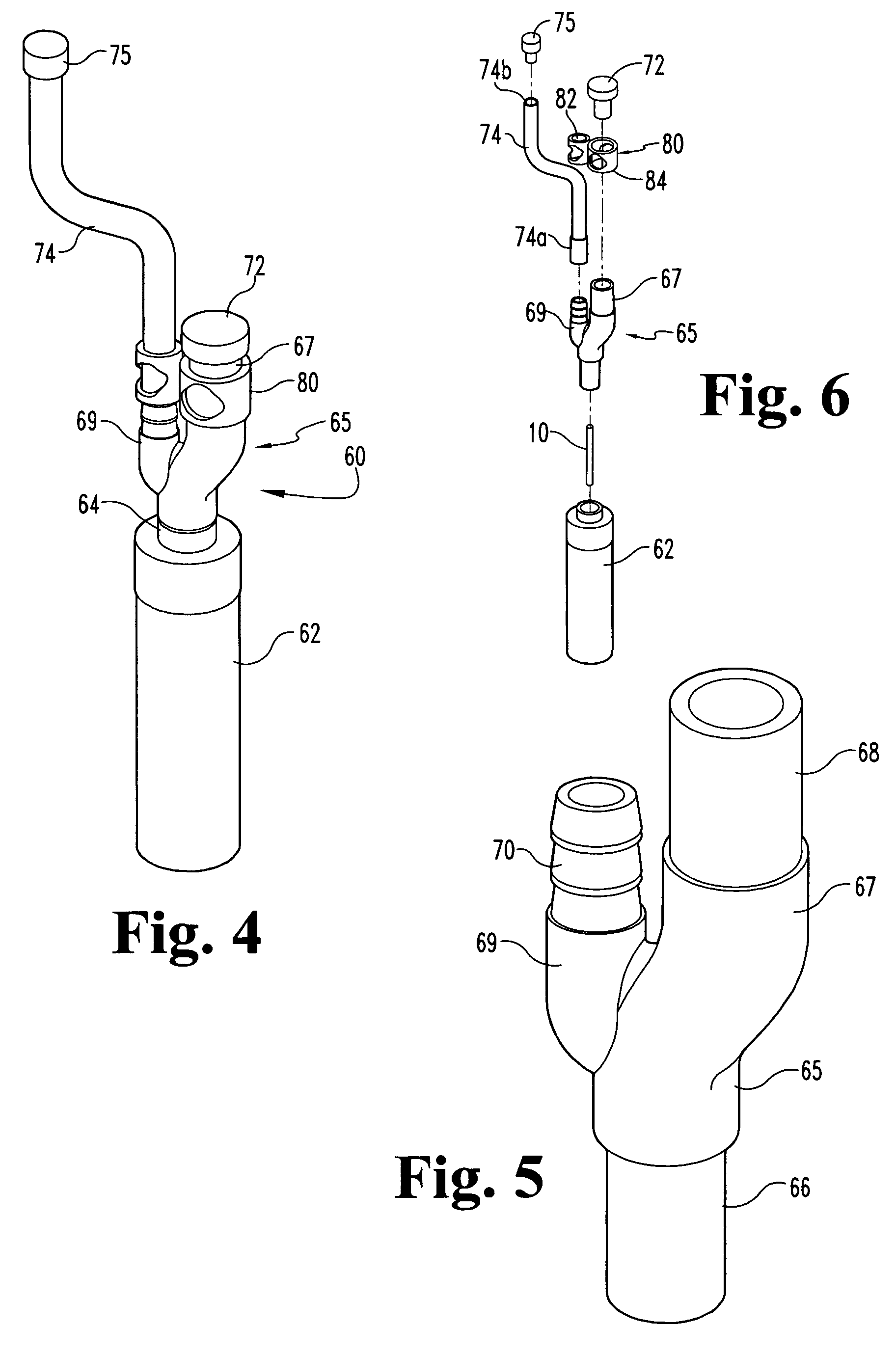Systems and methods for cryopreservation of cells
a technology of cryopreservation and cell, applied in the direction of biomass after-treatment, container discharge methods, lighting and heating apparatus, etc., can solve the problems of high sample survival rate, cell death, damage to cells and tissues, etc., to facilitate the freezing of a sample liquid and reduce the quantity of cells
- Summary
- Abstract
- Description
- Claims
- Application Information
AI Technical Summary
Benefits of technology
Problems solved by technology
Method used
Image
Examples
Embodiment Construction
[0030]For the purposes of promoting an understanding of the principles of the invention, reference will now be made to the embodiments illustrated in the drawings and described in the following written specification. It is understood that no limitation to the scope of the invention is thereby intended. It is further understood that the present invention includes any alterations and modifications to the illustrated embodiments and includes further applications of the principles of the invention as would normally occur to one skilled in the art to which this invention pertains.
[0031]In one embodiment of the invention, an auto-nucleating device 10 is provided, as shown in FIG. 1, which involves the use of compositions capable of ice nucleation. In accordance with the present invention, an ice nucleating composition 20 is bound to the inner surface 14 of a hollow open tube 12. In a preferred embodiment, the tube is formed of plastic. A sufficient amount of the nucleating composition is ...
PUM
| Property | Measurement | Unit |
|---|---|---|
| freezing point | aaaaa | aaaaa |
| diameter | aaaaa | aaaaa |
| diameter | aaaaa | aaaaa |
Abstract
Description
Claims
Application Information
 Login to View More
Login to View More - R&D
- Intellectual Property
- Life Sciences
- Materials
- Tech Scout
- Unparalleled Data Quality
- Higher Quality Content
- 60% Fewer Hallucinations
Browse by: Latest US Patents, China's latest patents, Technical Efficacy Thesaurus, Application Domain, Technology Topic, Popular Technical Reports.
© 2025 PatSnap. All rights reserved.Legal|Privacy policy|Modern Slavery Act Transparency Statement|Sitemap|About US| Contact US: help@patsnap.com



